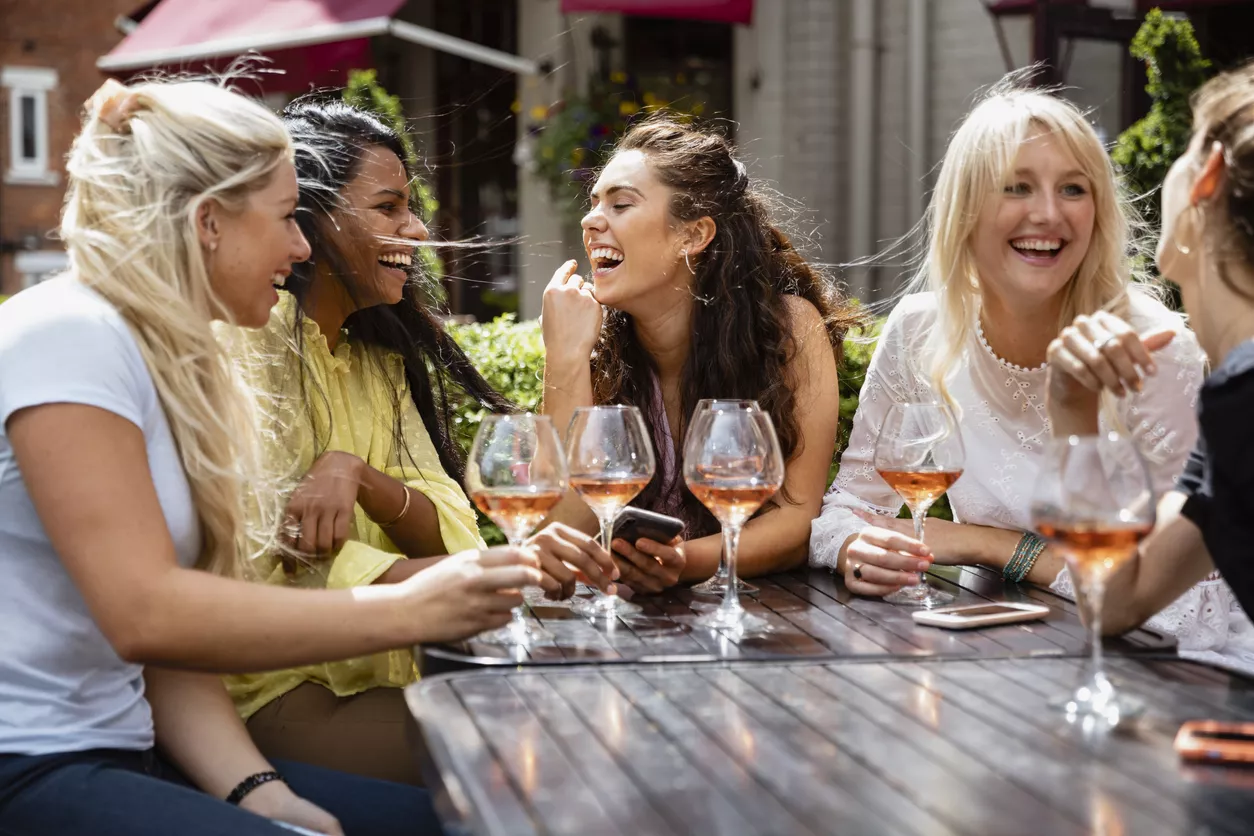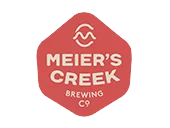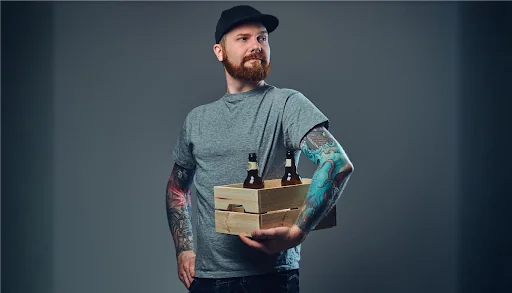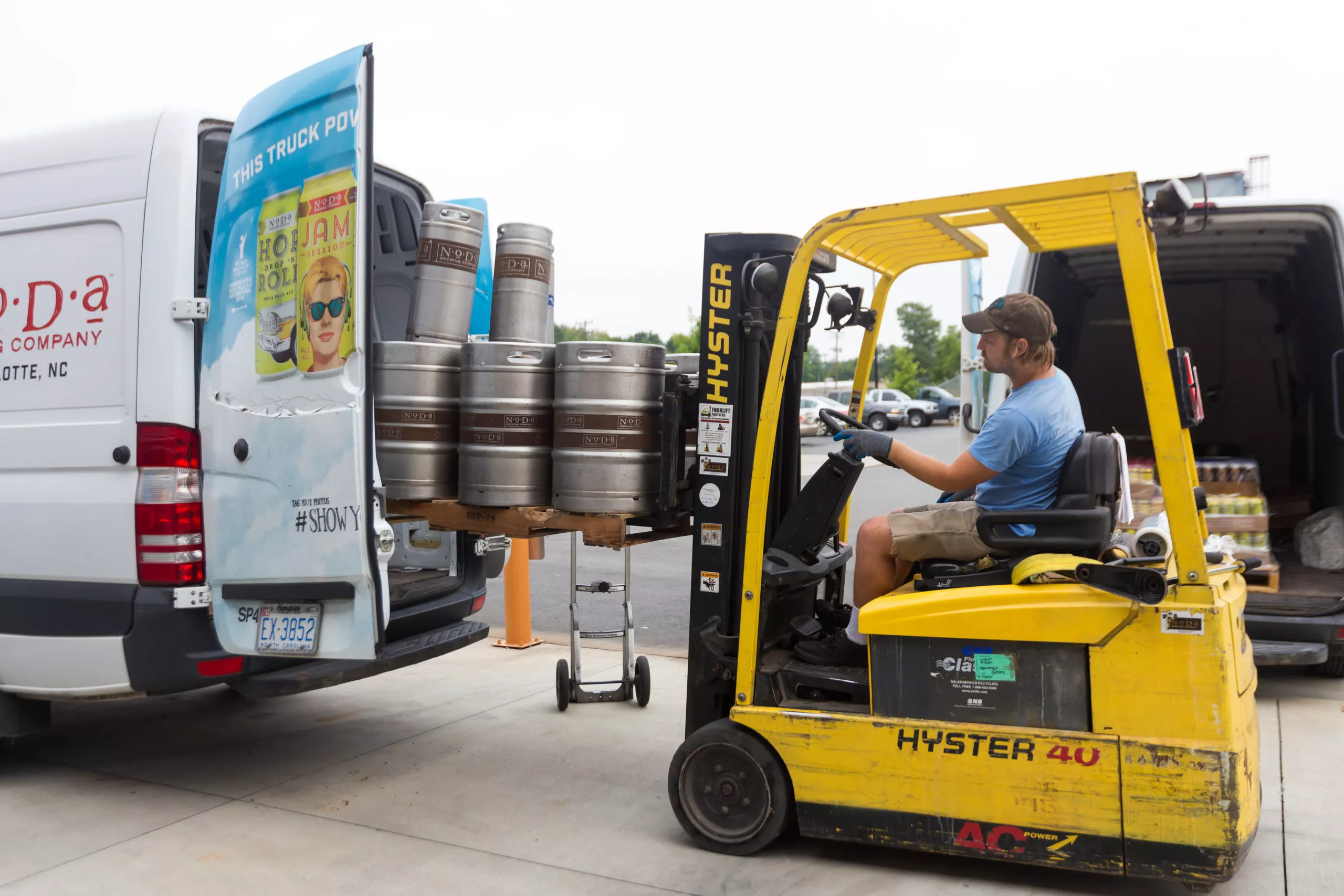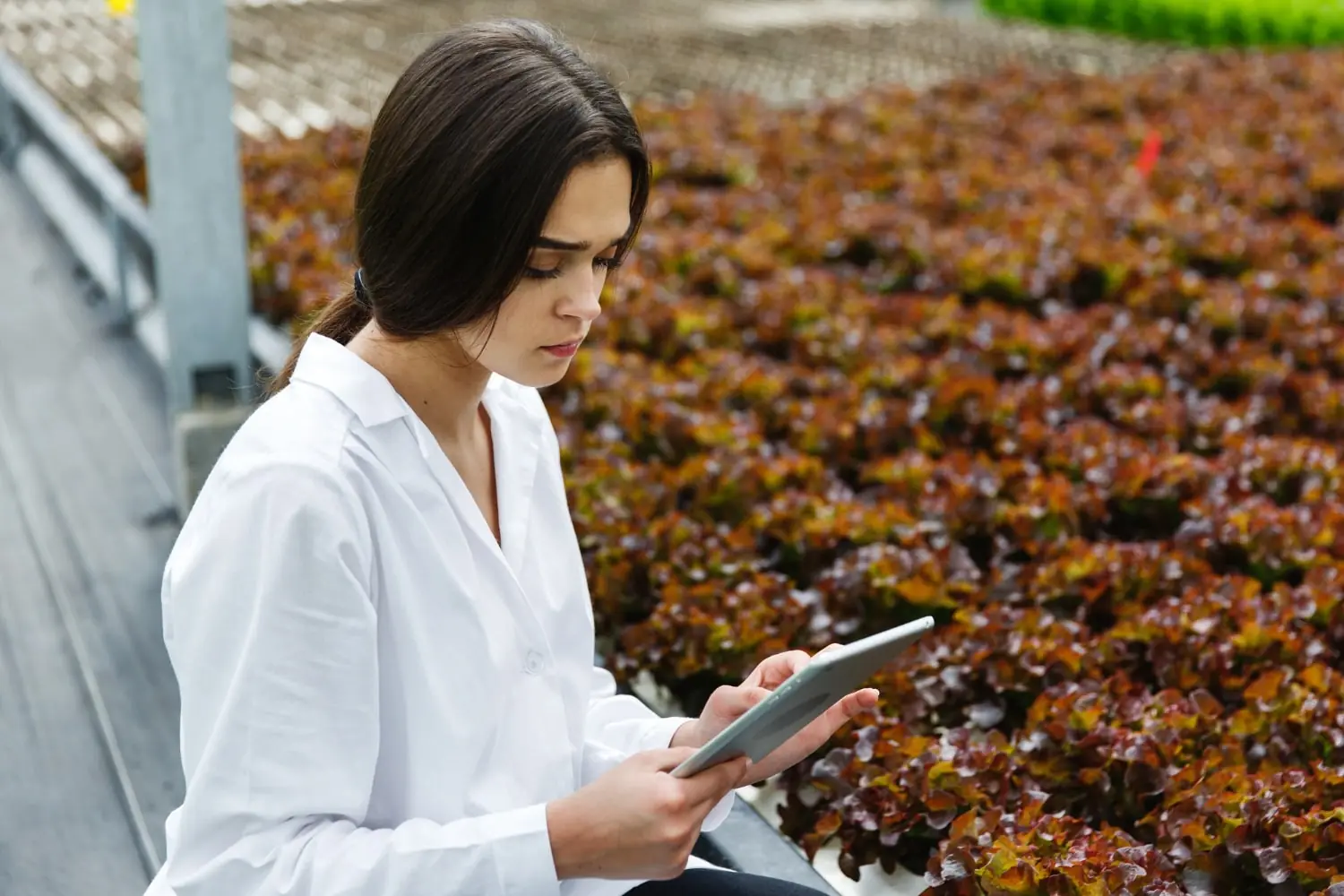For years there has been talk among wine industry veterans about the struggle to bring Millennial (and, now, Generation Z) drinkers into the fold. While previous generations could be swayed with marketing focused on high product ratings and detailed tasting notes, these younger consumers seem to find the world of wine intimidating, even though they are interested in the drink itself. That means throwing confusing technical terms at them is probably not the right approach, and traditional wine publications are unlikely to make it into their orbit.
So, if these drinkers aren’t in any of the “usual” places, where do you find them? And how do you get them interested in your winery and its wines? The answer is to meet them where they are: online.
Table of contents
Social Media
As a consumer-focused business, you likely already recognize the importance of social media. Many drinkers follow and interact with their favorite beverage brands on social media platforms, so if you’re not focusing on this channel, you’re missing out. But if you’ve never put together a coordinated strategy, getting started can be overwhelming. Here are a few tips:
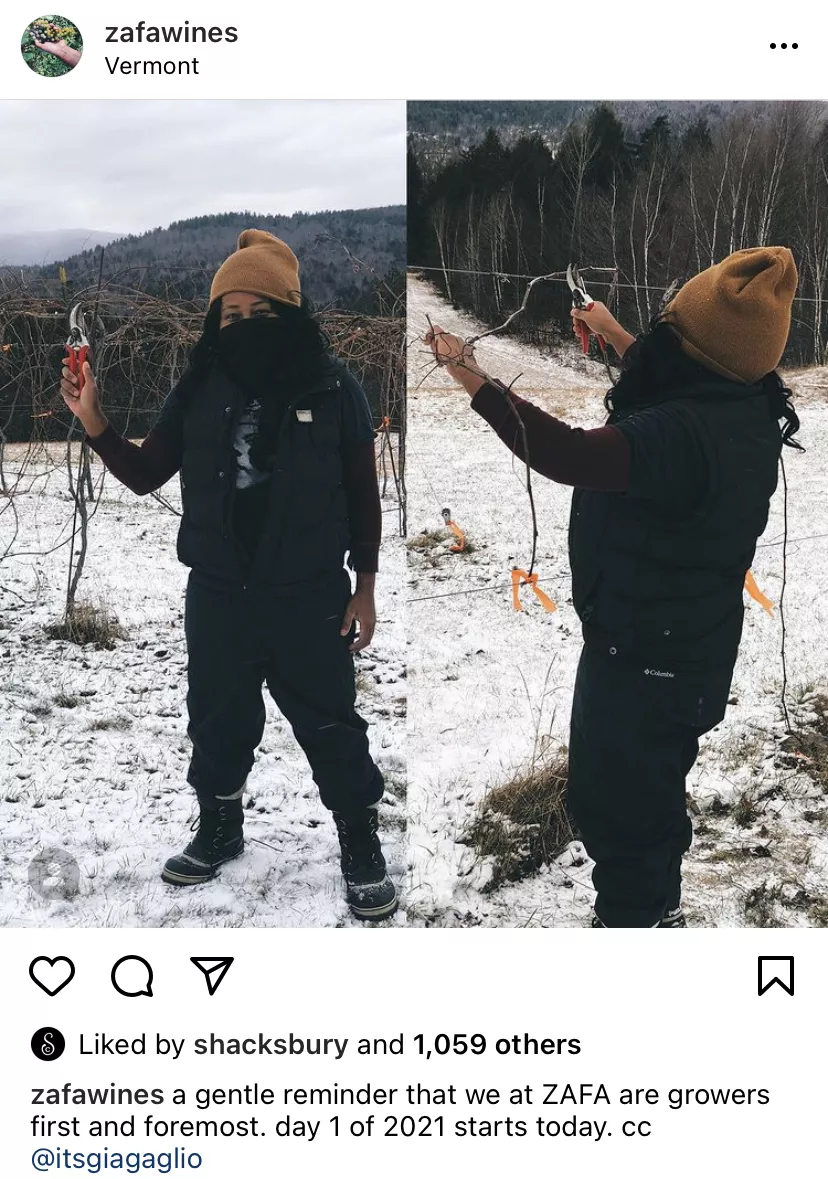
- Focus on Instagram for organic (non-paid) posts. Instagram offers the ability to share many types of content and continues to be one of the most popular social media platforms with young adults. While Facebook is used by 91% of young adults, it can be hard for brands to break into users’ feeds without putting ad dollars behind posts. If you have the budget, test out some Facebook ads to get users interested in purchasing your wine or visiting your tasting room.
- Make sure your basic information is accurate. While Facebook posts might not reach many people organically, you should make sure your contact information and hours of operation are up to date on your profile in case someone goes looking for you there. Same with Instagram: put your tasting room hours in your bio and make sure you use the profile URL to link to your website (or a linking app) where people can get more information, purchase wine, or make a reservation.
- Dedicate time every day to posting on social media. Aim to post to your Instagram feed at least once per day and your story multiple times per day.
- Don’t overthink the content. It can be professional grade if you have the equipment and staff to make it happen, but posting frequently is better than waiting to take the “perfect” picture. You can post about anything from product releases and exclusive tasting room experiences to behind-the-scenes production photos and videos. Think about how you want your brand to be perceived by consumers, and make sure your content reflects that.
- Use hashtags to extend your reach. Want to get your posts seen by more people? Hashtags are your best friend. Brainstorm topics related to your business and search for potential hashtags in the Instagram app to see how popular they are. The key is to use a mix of popular, more general hashtags (like #winery or #winemaking) and more local ones that have fewer posts but are particularly relevant to your audience (for example, #WAwine or #WAwinecountry if you’re a Washington state winery). Get more tips here.
- Maximize the utility of your “link in bio.” You only get one link on your Instagram profile, and that’s the link in your bio. Many brands use services like Linktree or Linkin.bio to create a flexible landing page for linking to products and events on their websites, but you can also just work with a tech-savvy member of your team (or whoever created your website) to do the same thing directly on your own site. Pro tip: If you have 10K or more followers, you can add “swipe up” links to your Instagram story posts whenever you want.

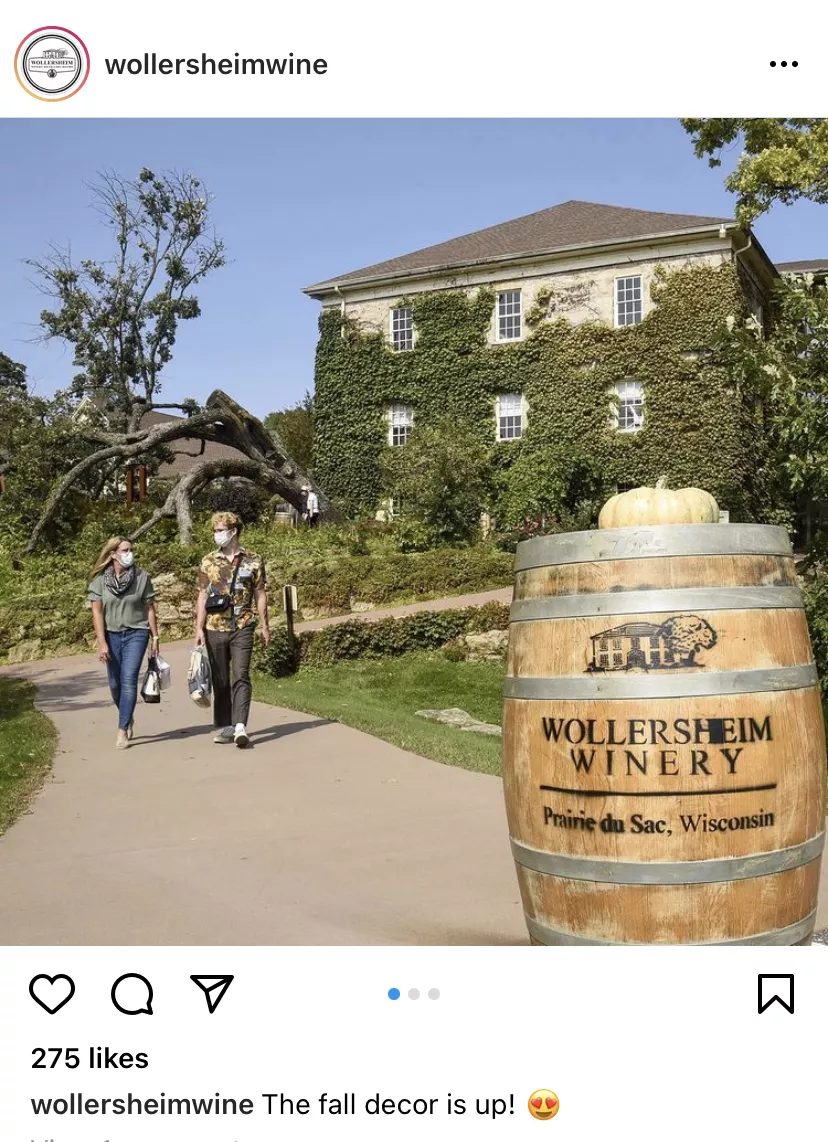
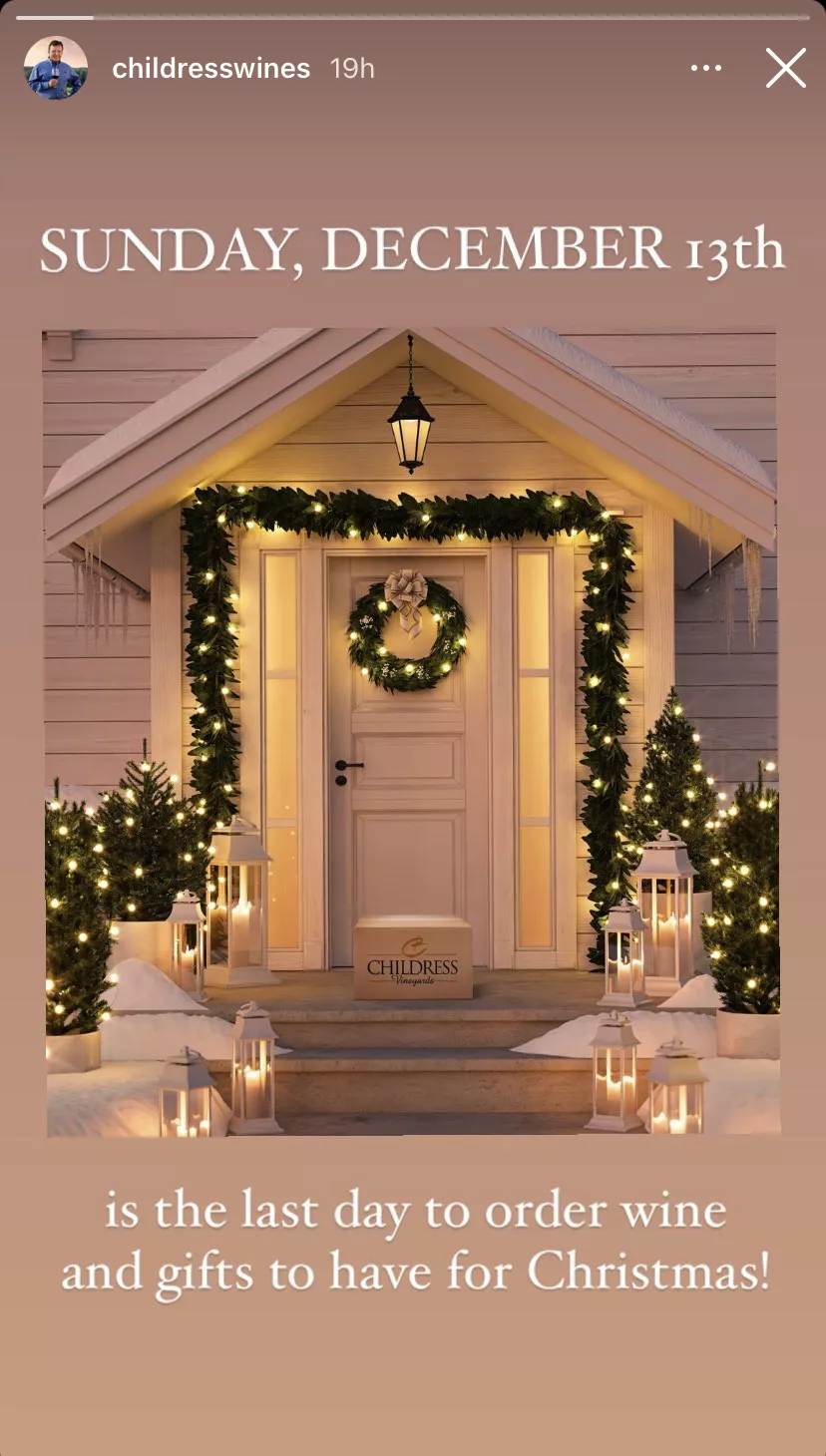

Email Marketing
If someone has purchased your wine, visited your tasting room, or shown any interest in your brand online, get them on your mailing list. Ask folks in person, have prominent contact forms on your website, and encourage social media followers to sign up so they can get exclusive offers and news.
Obviously, you must also follow through with offers that pique their interest and propel them toward purchasing, like personalized allocations, discounts or sales, and exclusive access to new releases. Use a CRM system — even a basic one — to build up your list of contacts and keep track of their interactions with your marketing efforts.
Ecommerce
A 2020 survey found Generation Z consumers (the youngest wine drinkers) were more likely than other age groups to have increased their wine consumption during the COVID-19 crisis, and consumers that increased wine purchases during this time were more likely to have ordered wine for pick-up at a winery, ordered wine for home delivery, belong to a wine club, or purchase wine online. In other words, if you want to reach young wine drinkers, you need to implement ecommerce and heavily promote it through all your digital marketing channels.
Since younger consumers — and average consumers in general — tend to lack the technical knowledge about wine tasting notes, focus on descriptions of your wine that anyone could understand and display them in your product listings. A newer wine drinker might be mystified by a “2018 Petit Verdot” with a description about tannins and body, but tell them it has notes of blackberry, mocha, and smoke and that it would pair well with a rich beef dish and they might better understand what they’re getting.
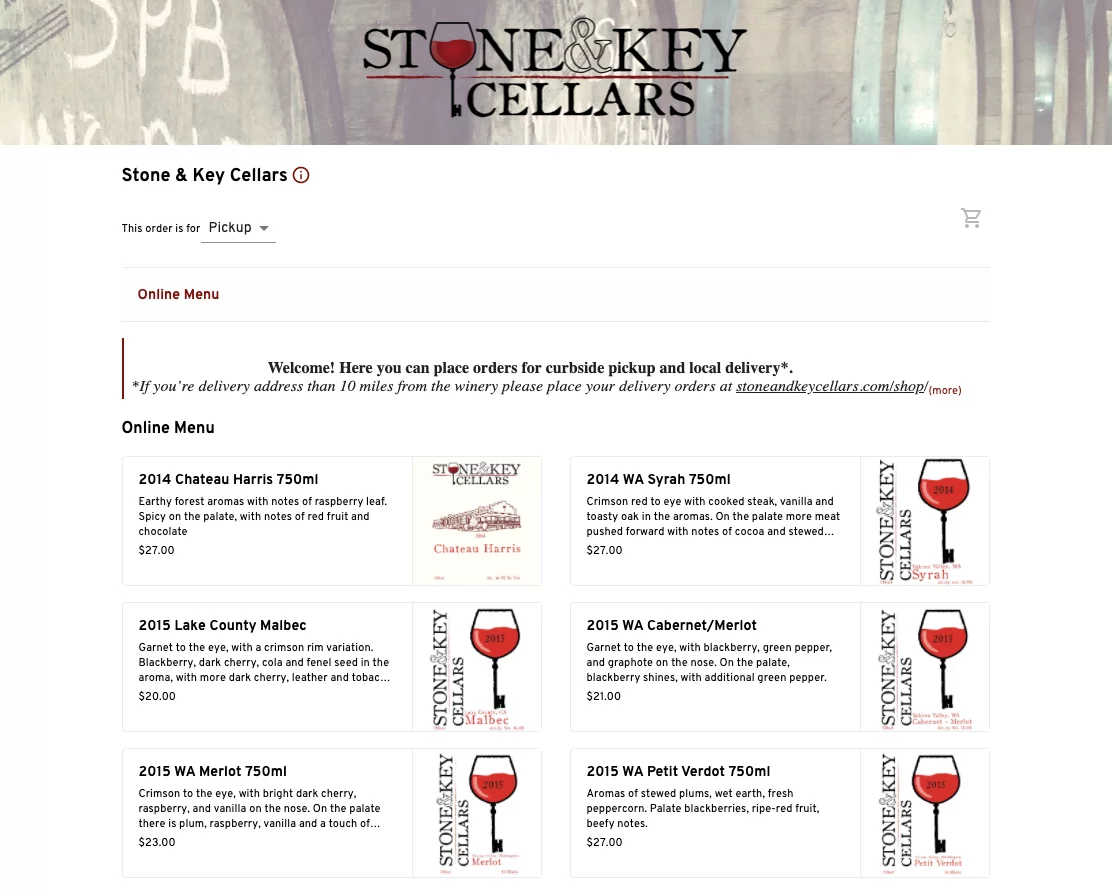
You can also feature any customer reviews or ratings of your wine that you collect through your ecommerce platform or an app like Vivino to help buyers get a better idea of what other drinkers think of a wine. With digital-first generations so accustomed to reading reviews before purchasing something, you might as well flaunt any good ones you have.
While your ecommerce site is likely to be managed through a separate platform, it’s a good idea to spend some time optimizing both the technical and aesthetic aspects of your regular website so that potential customers have a good impression as soon as they find you online. Modern, clever branding can help consumers identify with your products and, ultimately, decide to try them.
Wine Club
Many people who visit your tasting room may not think to sign up for a traditional wine club if they don’t live locally — but they might sign up if you offer them a digital subscription while they’re still on the “high” of their great experience on site. Offering a wine club digitally with DTC shipping (and offering perks) helps you turn a one-time visitor into a brand advocate and repeat customer. It also opens up your wine club to those who may never enter your tasting room by allowing them to sign up, manage their subscription, and order products all without leaving the house.
With that in mind, it’s important to choose wine club software with a modern user interface and customizable upsell features that help deliver a better shopping experience for customers. To minimize the chance of outgrowing your platform, choose a flexible product with options for custom clubs, multi-tier allocations, built-in marketing tools, and detailed reporting.
Find Out How Technology Can Help You Reach New Customers
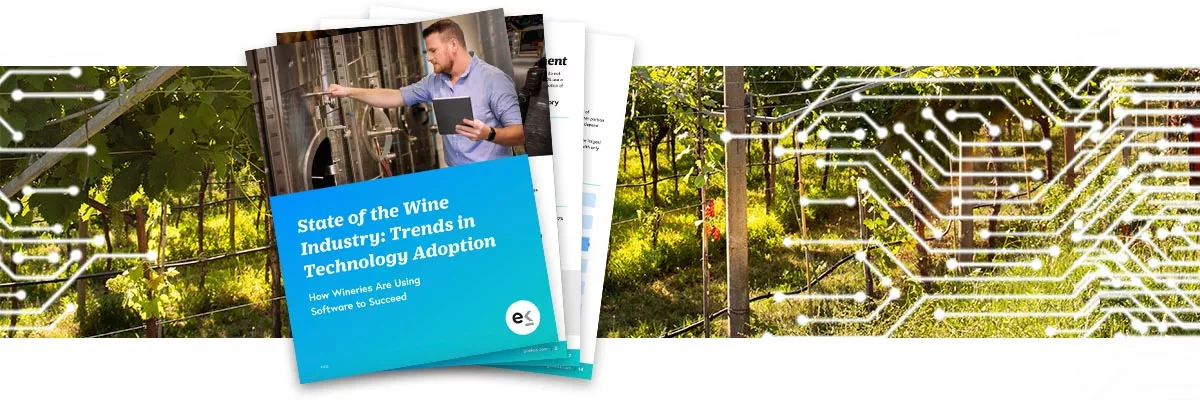
Making the switch to digital channels means selecting technology vendors, and the choices can be overwhelming. Ekos recently conducted research that included an online survey of nearly 300 wineries and in-depth conversations with eight winery leaders. You can review the results in our white paper, State of the Wine Industry: Trends in Technology Adoption. The paper includes insights on technology adoption along with:
- The importance of inventory management and the benefits of winery software
- Tips for choosing technology partners and questions to ask potential vendors
- A breakdown of Direct to Consumer (DTC) and ecommerce adoption
- More advice on reaching younger, more digital-savvy consumers
